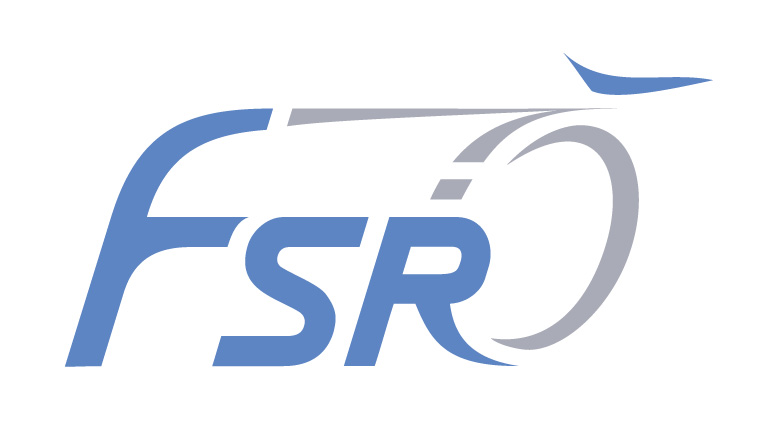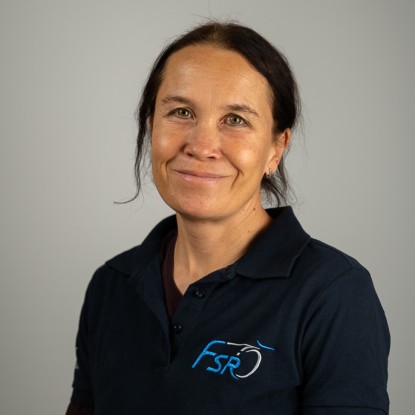FSR taking part in the UTM development and World ATM Congress
07.07.2022

One of the research areas at FSR is the development of air traffic management systems for unmanned operations (Unmanned Air Traffic Management, UTM). For the last years, we have participated in the design and development of the European service framework to support unmanned operations, the so called U-space. Currently, we are engaged in the Horizon 2020 project DACUS (Demand and Capacity Optimisation in U-space), where we contribute with the development of models and service functions for the trajectory management, and in the definition of social impact indicators (such as noise exposure and visual annoyance). This is part of a Demand and Capacity Balancing process for urban drone operations. The results from our developed concepts and models have been integrated into an overall solution that accounts for influence factors such as social and collision risk impact; includes U-space service models such as Drone Operation Plan Preparation; and finally combines multiple prototypes to tests the solution.
Having initial outcomes and results from our simulation experiments, the FSR institute and other project partners participated last week in the World ATM Congress. The overall solution and results from our large-scale traffic simulations were presented in a dedicated session. Thereafter, the developed prototypes were showcased at the stands of the project partners and SESAR 3 Joint Undertaking. Visitors had the opportunity to see the capabilities of the interconnected DACUS framework and learn the benefits of our proposed solution. Also, interesting discussions flourished along the presentations, which is useful for our project in order to draw final conclusions and recommendations for the ongoing U-space development.
If you are interested in learning more about our findings or are interested in collaborating with us, as part of a student project for instance, feel free to reach out to us at the institute or send an email to
info@dacus-research.eu
This project has received funding from the SESAR Joint Undertaking under the European Union’s Horizon 2020 research and innovation programme under grant agreement No 893864



